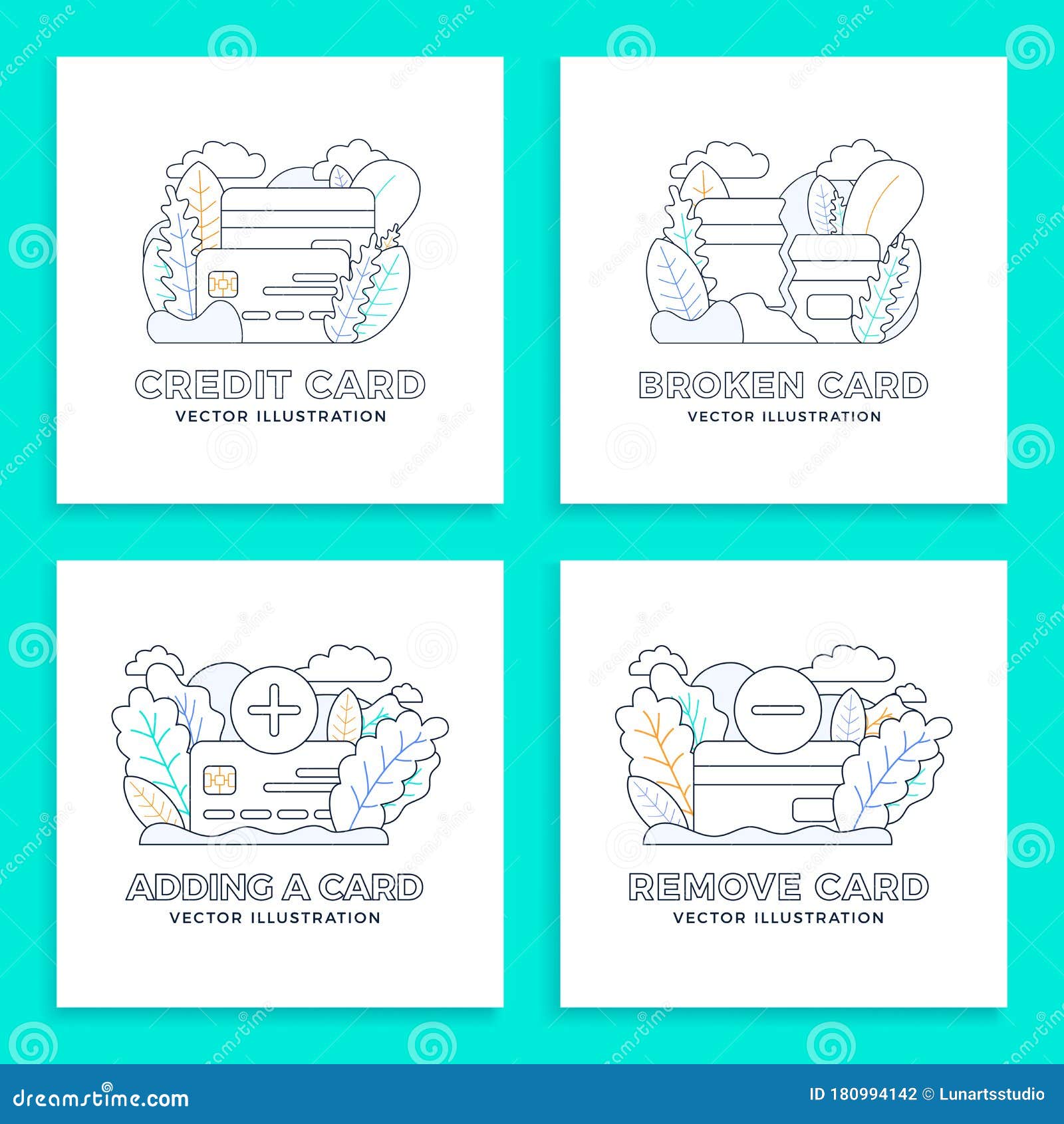How does the MBI look on the card? The MBI has letters and numbers. Here’s an example: 1EG4-TE5-MK73. The MBI’s 2 nd, 5 th, 8 th, and 9 th characters are always letters. Characters 1, 4, 7, 10, and 11 are always numbers. The 3 rd and 6 th characters are letters or numbers. We don’t use dashes in the MBI. & Declarer Plus Minus Est. & Declarer Plus Minus Est. N None 1 33 S N-S 15 47 E N-S 2 34 W E-W 16 48 S E-W 3 35 N None 17 49 W Both 4 36 E N-S 18 50 N N-S 5 37 S E-W 19 51 E E-W 6 38 W Both 20 52 S Both 7 39 N N-S 21 53 W None 8 40 E E-W 22 54 N E-W 9 41 S Both 23 55 E Both 10 42 W None 24.
Energy infrastructure has improved over the past four years, but U.S. infrastructure is in need of significant investment overall. The American Society of Civil Engineers (ASCE) on March 3 released its 2021 Report Card for America’s Infrastructure, a quadrennial assessment of U.S. infrastructure, which gave the United States an overall grade of “C-“ and found the country is spending just over half of what is required to support the backbone of the economy.
According to the Report Card, energy infrastructure, including pipelines, has improved over the last four years. Overall, the long-term infrastructure investment gap continues to grow, according to ASCE. That gap has risen from $2.1 trillion over 10 years in the last report to $2.59 trillion in the latest study, meaning a funding gap of $259 billion per year.
The study evaluated 17 categories of infrastructure, with grades ranging from a “B” for Rail to a “D-“ for Transit. For the first time in 20 years, the country’s infrastructure as a whole received a grade in the “C” range, meaning on average, the nation’s infrastructure is in mediocre condition, has deficiencies and needs attention. However, 11 of the 17 categories in the Report Card received a grade in the “D” range: aviation, dams, hazardous waste, inland waterways, levees, public parks, roads, schools, stormwater, transit and wastewater.
Over the past four years, the United States made incremental gains in some categories, according to the Report Card. Due to increased investment, grades improved in aviation, drinking water, energy, inland waterways and ports. One infrastructure category – bridges – saw a decrease in grade in part because of the number of bridges that slipped to “fair” condition from “good.” Transit received a “D-“ in the report, the lowest grade. Some 45 percent of Americans lack access to transit and existing infrastructure is aging.
“This not a report card anyone would be proud to take home,” said ASCE executive director Thomas Smith. “We have not made significant enough investments to maintain infrastructure that in some cases was built more than 50 years ago. As this study shows, we risk significant economic losses, higher costs to consumers, businesses and manufacturers, and our quality of life, if we don’t act urgently. When we fail to invest in infrastructure, we pay the price.”
There were 22 weather and climate disasters in the United States that cost at least $1 billion in 2020, the most in history, according to the National Oceanic and Atmospheric Administration.
If the United States does not pay its overdue infrastructure bill, ASCE said by 2039 the U.S. economy will lose $10 trillion in growth and exports will decline by $2.4 trillion. More than 3 million jobs will be lost in 2039. In addition, each American household will bear $3,300 in hidden costs per year.
ASCE highlighted the role infrastructure investment could play in speeding the nation’s economic recovery.
“America’s infrastructure bill is overdue, and we have been ignoring it for years. The COVID-19 pandemic only exacerbates the funding challenge because state and local governments have had to prioritize public health over everything else for the past year,” said ASCE president Jean-Louis Briaud, Ph.D., P.E. “If we take action now, we can generate job growth and build infrastructure that is more reliable, more secure and more resilient while increasing the quality of life for everyone.”
ASCE called on Congress and the administration to take “big and bold action” on infrastructure quickly.
“Infrastructure is an issue that everyone agrees needs action and doing so will help the U.S. now and in the future. Delaying only increases the costs,” said Emily Feenstra, ASCE managing director of government relations and infrastructure initiatives.
While ASCE grades the categories individually, the nation’s infrastructure is a series of connected systems. The report found three overarching trends impacting infrastructure:
Maintenance backlogs continue to be an issue, but asset management helps prioritize limited funding.

State and local governments have made progress such as leveraging gas tax to fund transportation investments, and some limited federal investment has also paid dividends.
There are still infrastructure sectors where data is scarce or unreliable.

The 2021 Report Card for America’s Infrastructure was released publicly during a virtual news conference that was followed by ASCE’s Solutions Summit. This separate event included spotlights on various infrastructure topics – energy, dams and levees, transportation, water, and inland waterways and ports. Featured speakers included Secretary of Transportation Pete Buttigieg, Maryland Governor Larry Hogan, Senator Shelley More Capito (R-WV), and Representative Peter DeFazio (D-OR), among others.
To view the full report and additional data, visit www.infrastructurereportcard.org.
Minus Card Game
Using a simple “A” to “F” school report card format, ASCE’s Infrastructure Report Card provides a comprehensive assessment of current infrastructure conditions and needs, assigning grades and making recommendations to raise them. The ASCE Committee on America’s Infrastructure, made up of dedicated civil engineers from across the country with decades of expertise in all categories, prepares the Report Card, assessing all relevant data and reports, consulting with technical and industry experts, and assigning grades using the following criteria: capacity, condition, funding, future need, operation and maintenance, public safety, resilience, and innovation. Since 1998, the grades have been near failing, averaging only Ds, due to delayed maintenance and underinvestment across most categories.